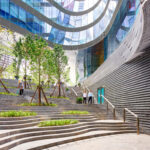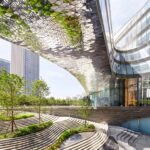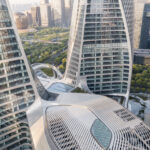
SINGAPORE - Those who live or work in buildings with vertical gardens enjoy being closer to greenery, birds, and butterflies, and feel inspired to lead more environmentally friendly lives, they say. Earlier this month, City Developments (CDL), the developer of the Tree House condominium in Bukit Timah, announced that its 24-story vertical garden had clinched a Guinness World Record for being the world's largest.
The European construction industry will continue into 2021 to grow albeit with decreasing performance Were the Construction work in 2018 expanded by 2.8%. The article in the Ifo Schnelldienst 2/2019 shows that the increase in 2019 should be only 2%. The current forecast for 2021 is Research group Euroconstruct assumes an increase of 1.3%.

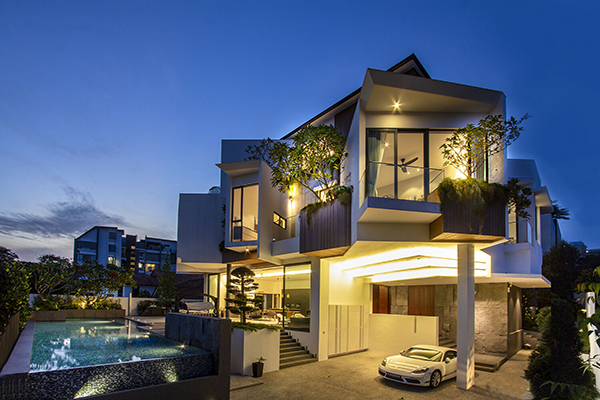
If architecture is the mirror that reflects all the different aspects of life (social, economic, artistic, ecological, political, etc.) for some time, then what can we say about the façade of one of the buildings of this architecture? The American architect (Sullivan) has said: "Form follows function" as the basis for modern architecture. The building, like a person, is a mass of feelings and feelings reflected in its facades.

As the founder and first director of the Bauhaus School of Applied Arts, which was the successor to the Grand Ducal Saxon University of Fine Arts in Weimar under the direction of the famous architect and designer Henry Van der Velde, Walter Gropius made himself an internationally known name.
The Bauhaus training should convey technical and craft knowledge and at the same time, above, train artistic skills to rearrange people's everyday world with the help of extensive design knowledge from urban planning to everyday objects. The search for a new aesthetic was also the search for a modern ethic, the political dimension of which was more or less accentuated in the training. Thomas Mann described Gropius as a world, happy man. The demands of the Bauhaus (1919-1933) were socially influenced and called for a radical change in culture in all areas of life. Social housing, wet rooms, fitted kitchens, prefabricated houses, mass production of everyday objects with good and functional design, painting, modern theater, carpentry, weaving, sculpture, ceramic and metalwork, or advertising graphics were all part of this. No subject area of the 20th century was not sustainably influenced by the Bauhaus and the basic ideas of its first director. And neither the philistines of Weimar nor the National Socialists could stop this development, under whose influence the Bauhaus was finally closed in 1933. Gropius himself said in the 1920s: "Today, many things still seem like a luxury that will become the norm the day after tomorrow." And he was right. Today the ideas of the Bauhaus determine our everyday life and the everyday life of almost all modern industrial nations.
He left Germany during the Nazi regime and was appointed professor of architecture by the American elite Harvard University in Cambridge in 1937, of which he became head of the department just a year later. Gropius and many other emigrated Bauhaus teachers and students used their research on lightweight construction and prefabricated construction elements from the Dessau period to make a decisive contribution to high-rise construction in Chicago and New York. Gropius himself was not a gifted artist, as is pointed out in the introduction to this book.
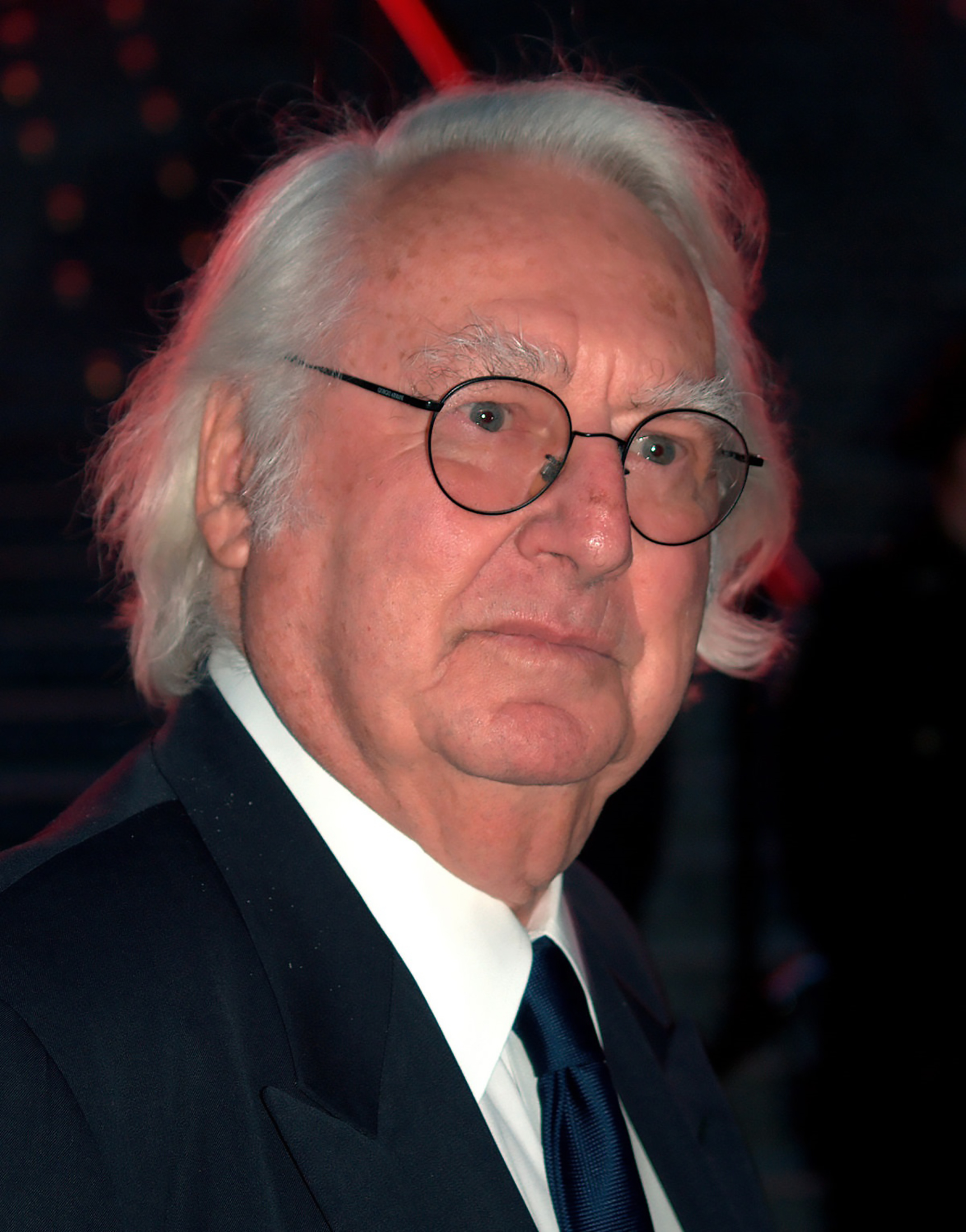
Richard Meier studied architecture at Cornell University until 1957 and opened his own architecture office in Essex Fells, New Jersey in 1963, after having worked for Marcel Breuer, among others. He received orders for single-family houses/villas, elegant white buildings that do not refer to the so-called “Bauhaus style” but to Le Corbusier's residential architecture, as Meier has repeatedly emphasized. Almost all of the other buildings he designed to adhere to this style. They are kept in white and strict geometric shapes and are characterized by light-flooded interiors. One of the few exceptions that deviate from his principle of building exclusively in white is the Getty Center (also: Grotta House, Westchester House, and Des Moines Art Center Addition). For the Getty Center, the clients insisted on a building color that would match the landscape, while Meier insisted on pure white. The compromise is apparent to every visitor to the Getty Center at first glance: All buildings are decorated in light ocher, the specially created "Getty White"

The young Wright attended the University of Wisconsin at Madison for a few terms in 1885–86 as a special student, but as there was no instruction in architecture, he took engineering courses. To supplement the family income, Wright worked for the dean of engineering, but he did not like his situation nor the commonplace architecture around him. He dreamed of Chicago, where great buildings of unprecedented structural ingenuity were rising. Frank Lloyd Wright was an American architect, designer, writer, and educator. He designed more than 1,000 structures over a creative period of 70 years. Wright believed in designing in harmony with humanity and the environment, a philosophy he called organic architecture. This philosophy was exemplified in Fallingwater, which has been called "the best all-time work of American architecture." Wright played a key role in the architectural movements of the twentieth century, influencing generations of architects worldwide through his works.

Norman Foster was born in Reddish, Stockport, England to a working-class family. He was enthusiastic about architecture from an early age and showed talents in this field. After completing his military service in the Royal Air Force, he first studied at the University of Manchester and, after graduating in 1961, received a scholarship to the Yale School of Art and Architecture. Foster worked for and with the visionary Richard Buckminster Fuller from 1968 to 1983. In 1965 he founded the architectural office Team 4 together with his wife Wendy and the couple Sue and Richard Rogers, from which in 1967 the office Foster Associates today (Foster + Partners) Originally his designs were characterized by a high-tech style influenced by machines. He later developed a much more accessible style of sharp-edged modernity. Parallel to Richard Rogers, Foster exercised decisive influences on the British architecture scene, as important successors of the local high-tech architecture emerged from his group of employees.
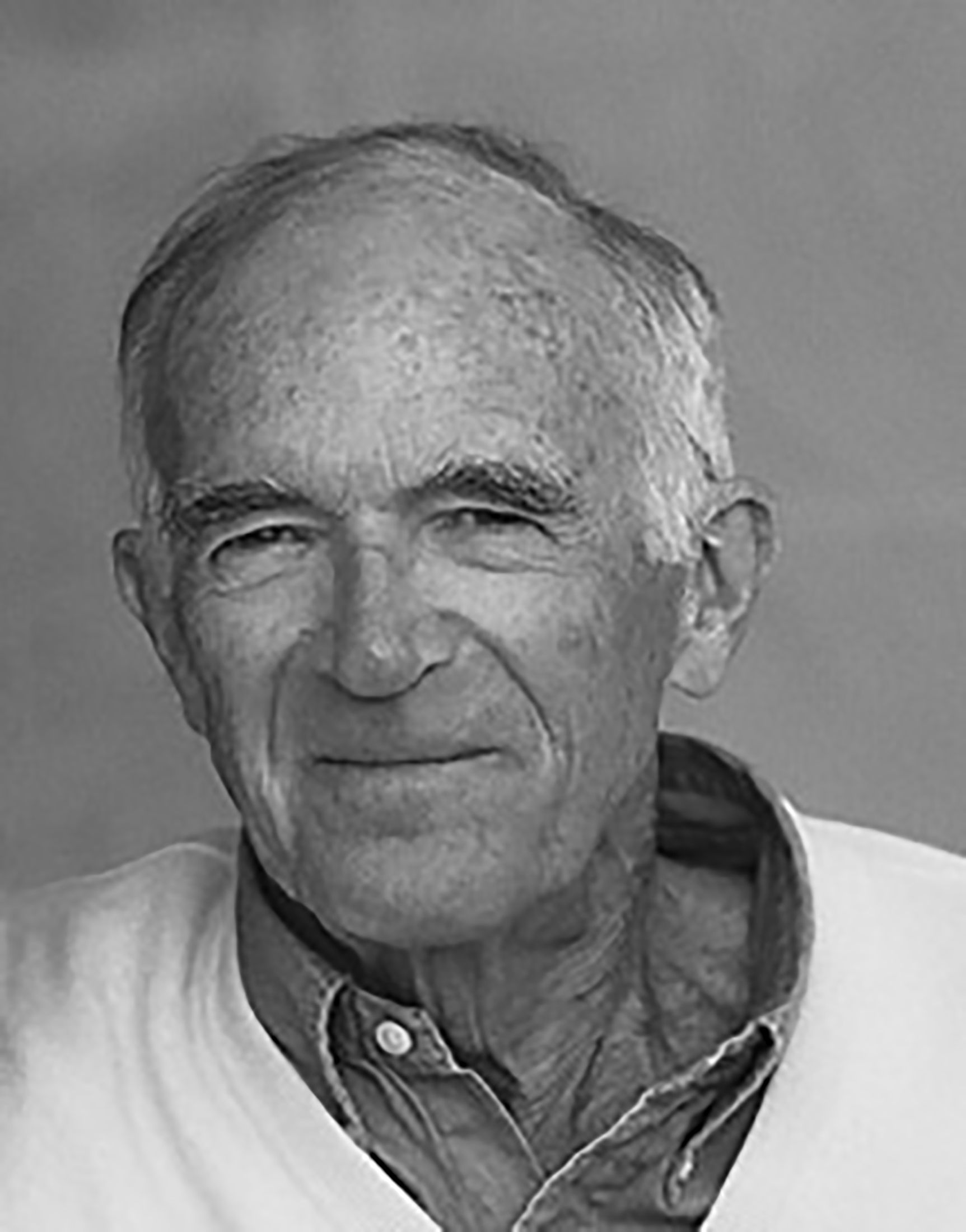
Joern Utzon was the son of Aage Utzon, a yacht designer, and Estrid Utzon. In 1942 he became an employee of Paul Hedqvist in Stockholm. In 1946 he worked for Alvar Aalto for half a year. He then lived for a short time with Frank Lloyd Wright in Taliesin and toured Mexico and Europe. In 1950 Joern Utzon founded his own architectural office in Copenhagen. He made a name for himself there with residential buildings, including his own house built in 1952, as well as the Kingo garden courtyard housing complex in Helsingoer, built-in 1958–1960, and the terraced and courtyard house settlement in Fredensborg, built-in 1962–1963. The water tower built-in 1950 in Svaneke on Bornholm comes from him. This success brought Utzon a worldwide reputation and orders. For example, in 1963 he was entrusted with building the Melli Bank in Tehran. This was followed by a stadium in Saudi Arabia in 1967, the Church of Bagsværd near Copenhagen in 1976, and the parliament building in Kuwait from 1972-1987, which he and his son Jan tackled.
This vacation house is located on the edge of a windy ravine facing the Pacific Ocean. The project is conceived as a centralized pavilion to take refuge from the landscape, and a terrace to contemplate it. The pavilion gradually opens to the outside, mediated by patios, while the terrace is suspended over the horizon in a panoramic way. Both are superimposed one on the other, almost without touching, preserving their formal integrity.
The pavilion is an exposed wooden structure governed by a continuous modulation at 67 cm., arranged on a circular base slightly separated from the ground. It is composed of a central squared room, from which four rectangular pieces emerge, forming four open courtyards at their corners. The centerpiece concentrates the places to cook, eat and live. Its 4 vertical enclosures are made up of a sliding window and a wall-case in a ratio of 5: 7, and are rotated symmetrically over the center of the plan, generating two continuous diagonal paths between the opposite courtyards.
The ceiling of the central area is arranged at a higher height, dilated from the rest of the house on 4 pillars adjacent to the doors of the bedrooms. Its structure consists of a rigid grid of variable sections, which tapers to its ends as its load decreases. Each square hosts a skylight in the middle, whose systematic repetition gives a light similar to an outdoor terrace. On this roof, the house develops its obverse: an open terrace without borders to contemplate aspects of the landscape that the pavilion under it suppresses. Both soils are necessary to mediate with the environment. This unity of purpose allows us to understand the different parts as members of the same whole.
Source, ArchDaily
Text description provided by the architects. Palacio Pereira, a heritage building under the Ministry of Culture, Arts and Heritage, will be the headquarters for the operation of the commissions and services of the Constituent Convention, while the former National Congress will be the main headquarters where the body will function and the plenaries will be held. Palacio Pereira is currently in its final phase of habilitation after an emblematic 10-year recovery and restoration process, which represents a milestone in the field of management and protection of national heritage. The use for the commissions and services of the Constituent Convention will be temporary, so the original plans for this building are maintained, to house part of the teams and offices of the Ministry of Cultures, Arts and Heritage. The first floor of Palacio Pereira includes a space open to the public with a program that includes exhibition spaces, the Documentation Center of the Council of National Monuments, a café, and a bookstore. Also, on the -1 floor, there is an auditorium. This space, dependent on the Ministry of Cultures, has the mission of promoting the tangible and intangible cultural heritage, folklore, traditional cultures, and indigenous cultures and heritage of our country. Within the framework of the constituent process, some content has been refocused for 2021.
Source, ArchDaily
Designed by Ben van Berkel/UNStudio, CapitaLand’s new Raffles City is a sustainable urban hub for living, working, and leisure located in Hangzhou, one of China’s most picturesque cities. It forms the eighth Raffles City development in China. Situated in Qianjiang New Town near Qiantang River, this mixed-use development becomes a major landmark along the green axis of the city’s new CBD. A rich mix of 24/7 functions occupies almost 400,000m2 within two streamlined towers set atop a podium and landscaped plaza. Conceived as a lively vertical neighborhood and transit hub and featuring stunning views of the river and West Lake areas, the sixty-story, 250 meter-tall highrises contain residential units, Grade A offices, the Conrad Hotel, and a rooftop helipad; the 116,000m2 six-story podium accommodates retail, restaurants, leisure facilities, and parking and has a direct underground connection to the metro.“Raffles City Hangzhou will be a point of confluence, a hub for business conduct and a new destination for visitors and residents alike; an ‘all-in-one’ destination for working, living and leisure in a highly sustainable environment.” -Ben van BerkelCapital of Zhejiang province, the city is steeped in tradition with a view to the future. Located 50 minutes by high-speed train from Shanghai, Hangzhou has become an economic powerhouse within China today thanks to a strong tech sector. While the city’s heritage focuses on the picturesque UNESCO heritage-listed West Lake, its future points to a new economic, political and cultural center orientated towards the river. With strong future ambitions especially concerning sustainability, economy, and livability, Hangzhou is a city on the move.
Source, Architect Magazine

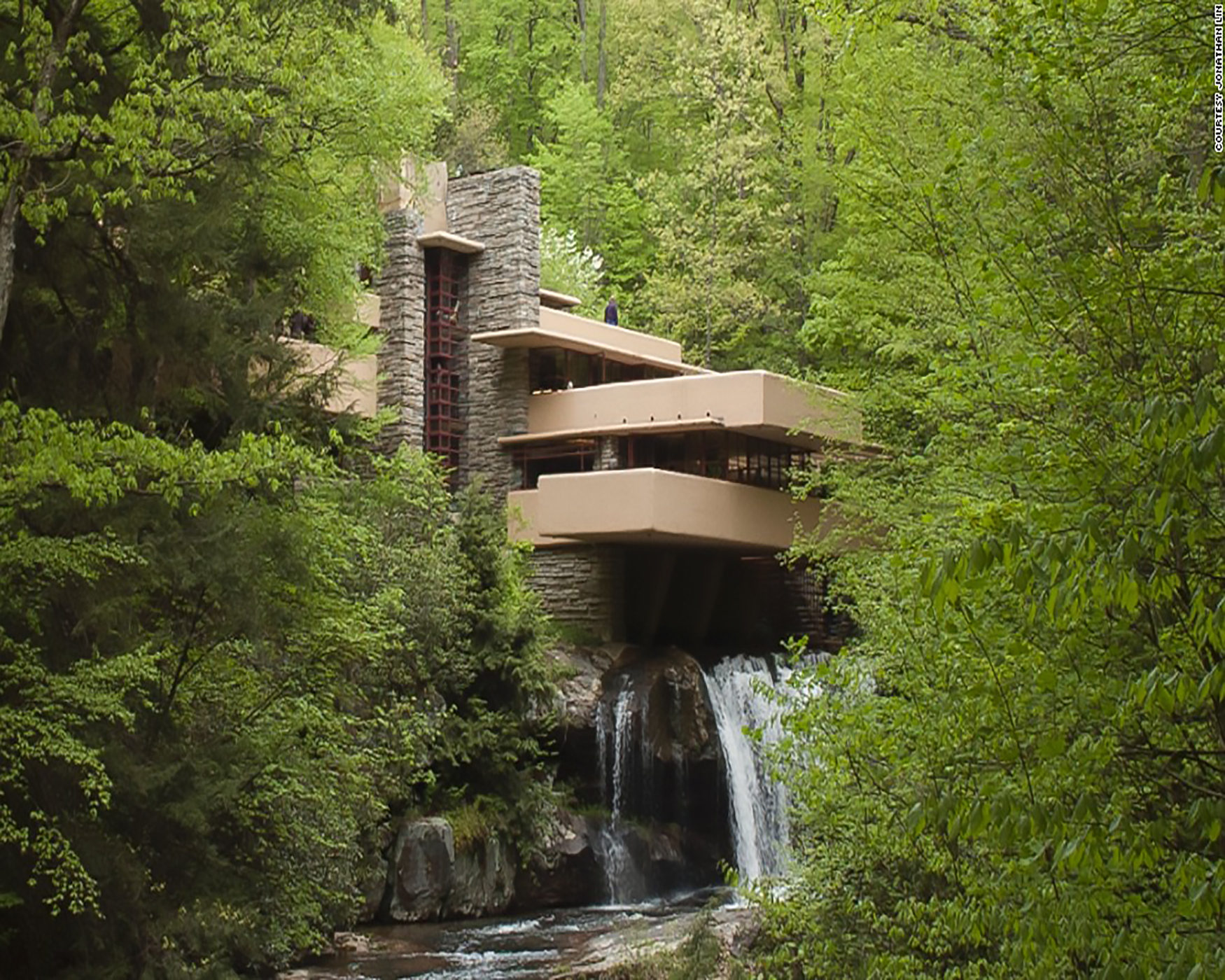
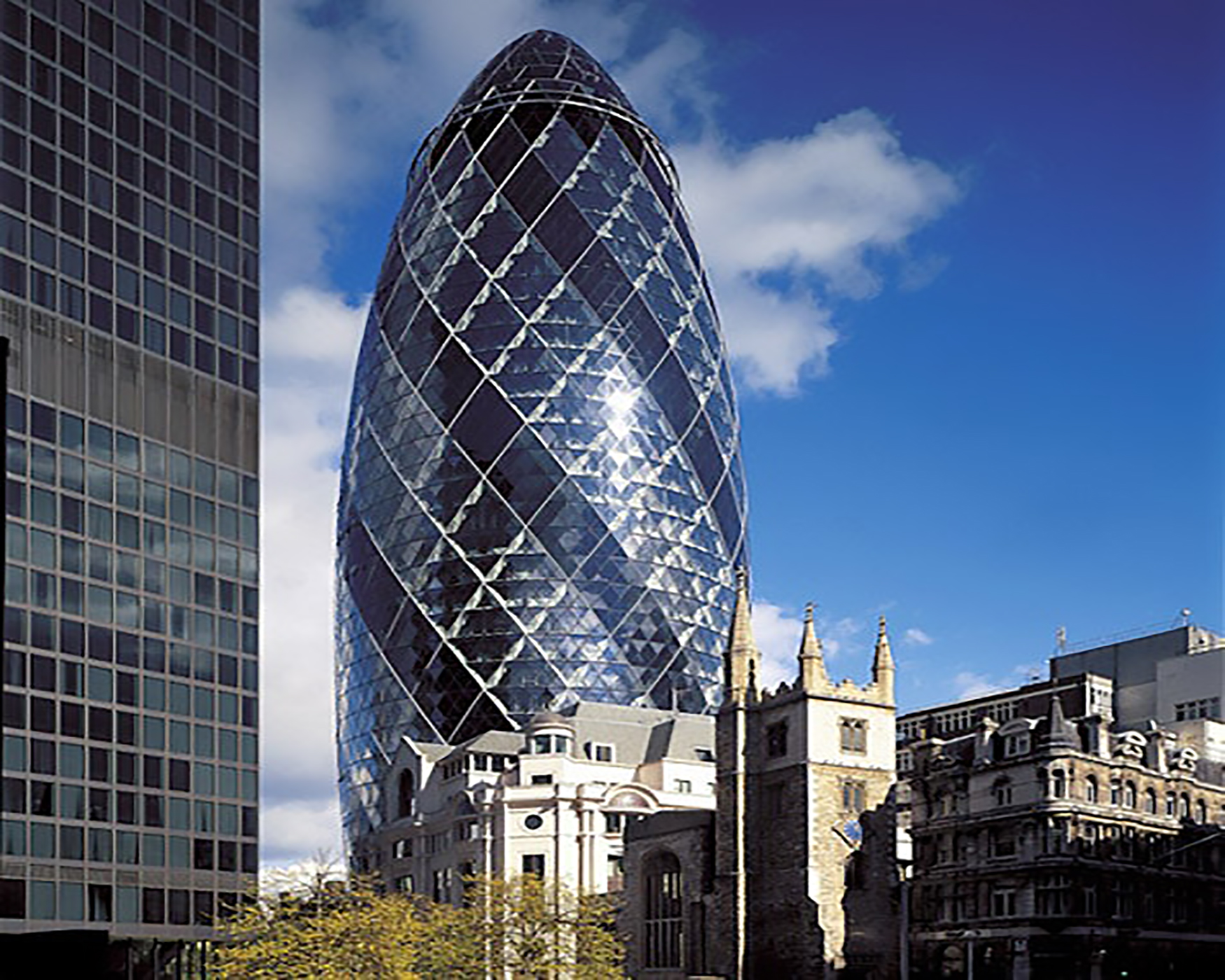
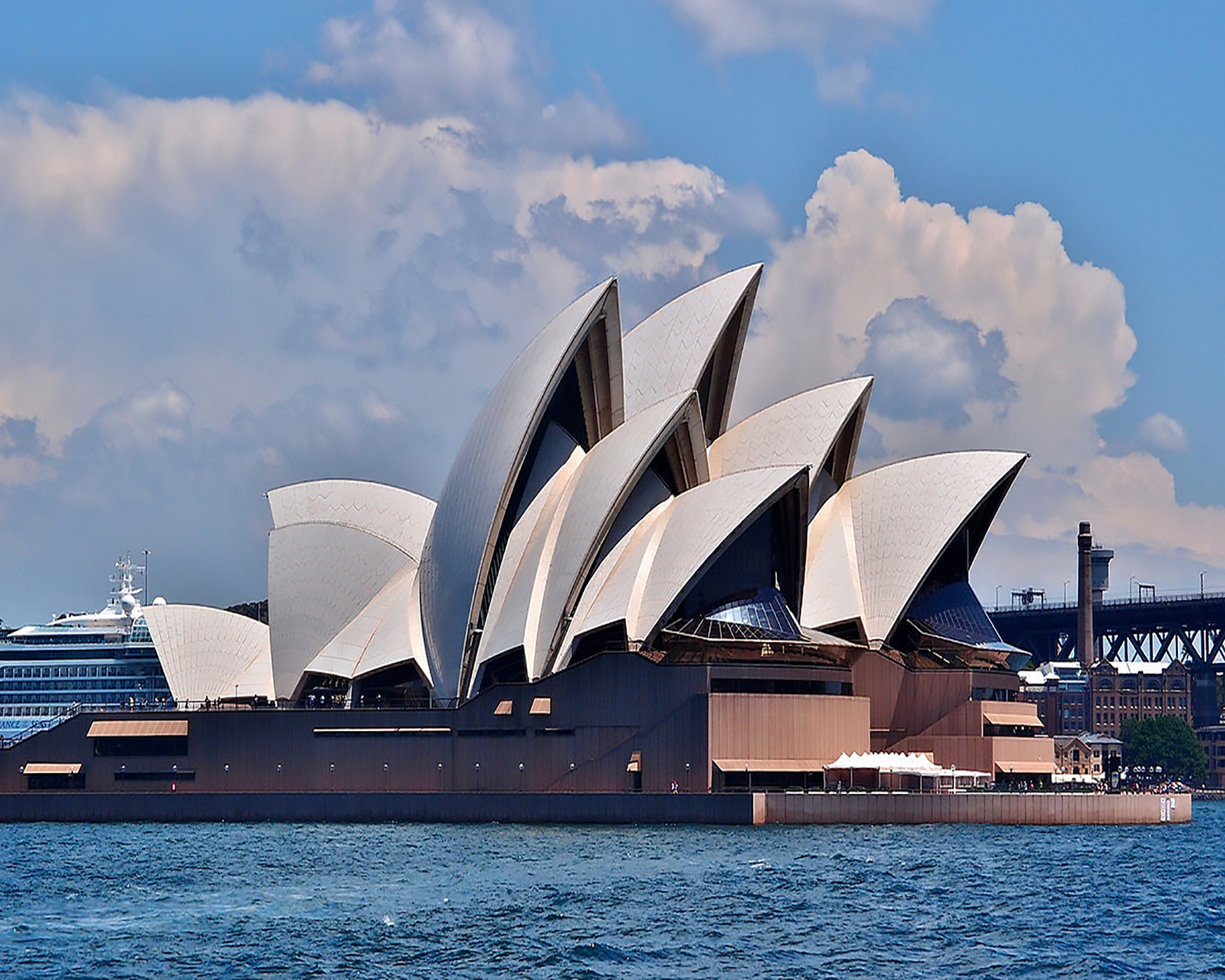
![E: Bridge Rooftop [©(c)Roland Halbe; Veroeffentlichung nur gegen Honorar, Urhebervermerk und Beleg / Copyrightpermission required for reproduction, Photocredit: Roland Halbe]](https://lapuerta-architekten.com/wp-content/uploads/2021/01/1-2.jpg)
![E: Facade [©(c)Roland Halbe; Veroeffentlichung nur gegen Honorar, Urhebervermerk und Beleg / Copyrightpermission required for reproduction, Photocredit: Roland Halbe]](https://lapuerta-architekten.com/wp-content/uploads/2021/01/2-1-150x150.jpg)
![E: Facade [©(c)Roland Halbe; Veroeffentlichung nur gegen Honorar, Urhebervermerk und Beleg / Copyrightpermission required for reproduction, Photocredit: Roland Halbe]](https://lapuerta-architekten.com/wp-content/uploads/2021/01/3-1-150x150.jpg)
![E: Rooftop [©(c)Roland Halbe; Veroeffentlichung nur gegen Honorar, Urhebervermerk und Beleg / Copyrightpermission required for reproduction, Photocredit: Roland Halbe]](https://lapuerta-architekten.com/wp-content/uploads/2021/01/4-150x150.jpg)
![GL: living room [©(c)Roland Halbe; Veroeffentlichung nur gegen Honorar, Urhebervermerk und Beleg / Copyrightpermission required for reproduction, Photocredit: Roland Halbe]](https://lapuerta-architekten.com/wp-content/uploads/2021/01/6-150x150.jpg)
![skylight [©(c)Roland Halbe; Veroeffentlichung nur gegen Honorar, Urhebervermerk und Beleg / Copyrightpermission required for reproduction, Photocredit: Roland Halbe]](https://lapuerta-architekten.com/wp-content/uploads/2021/01/5-150x150.jpg)








